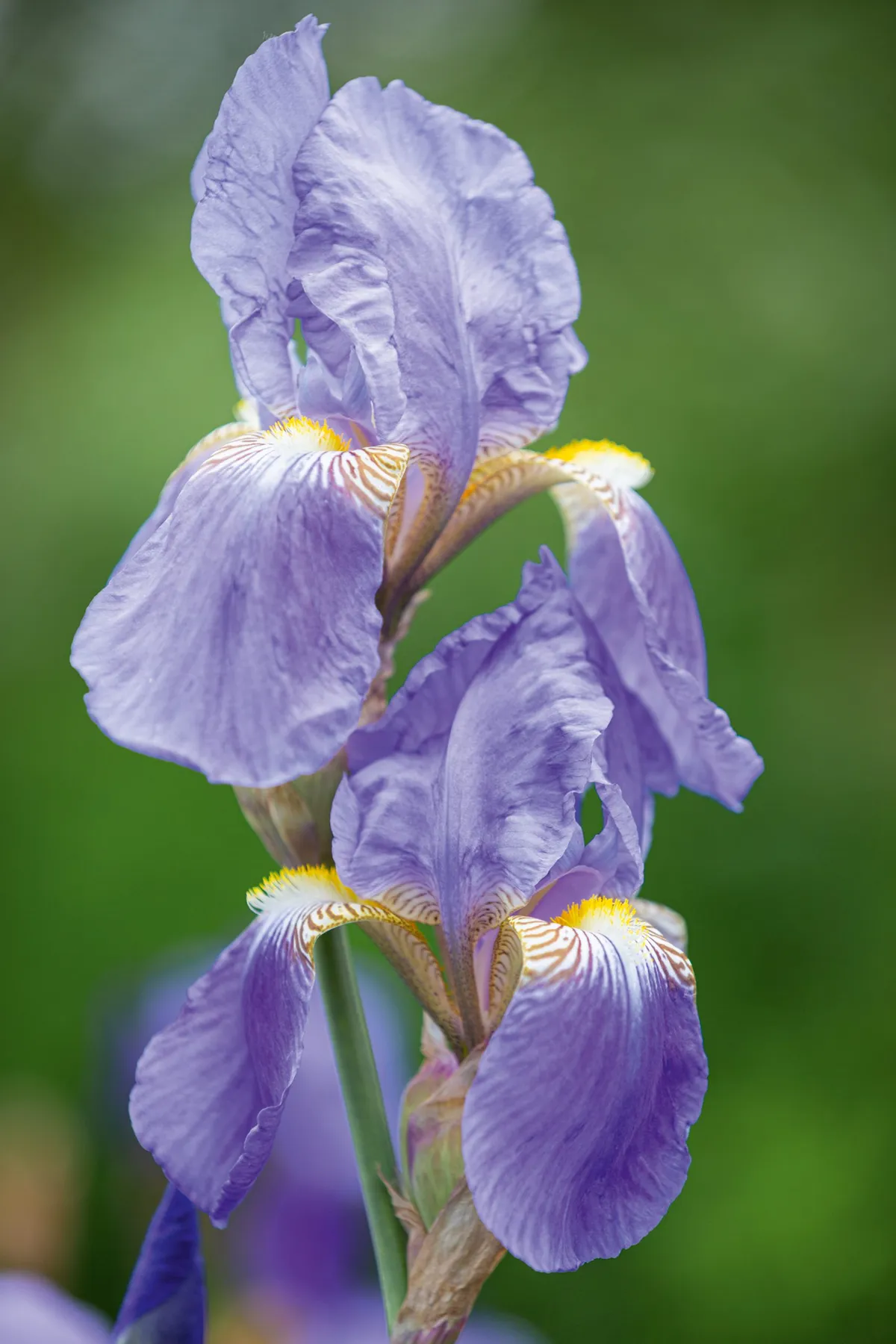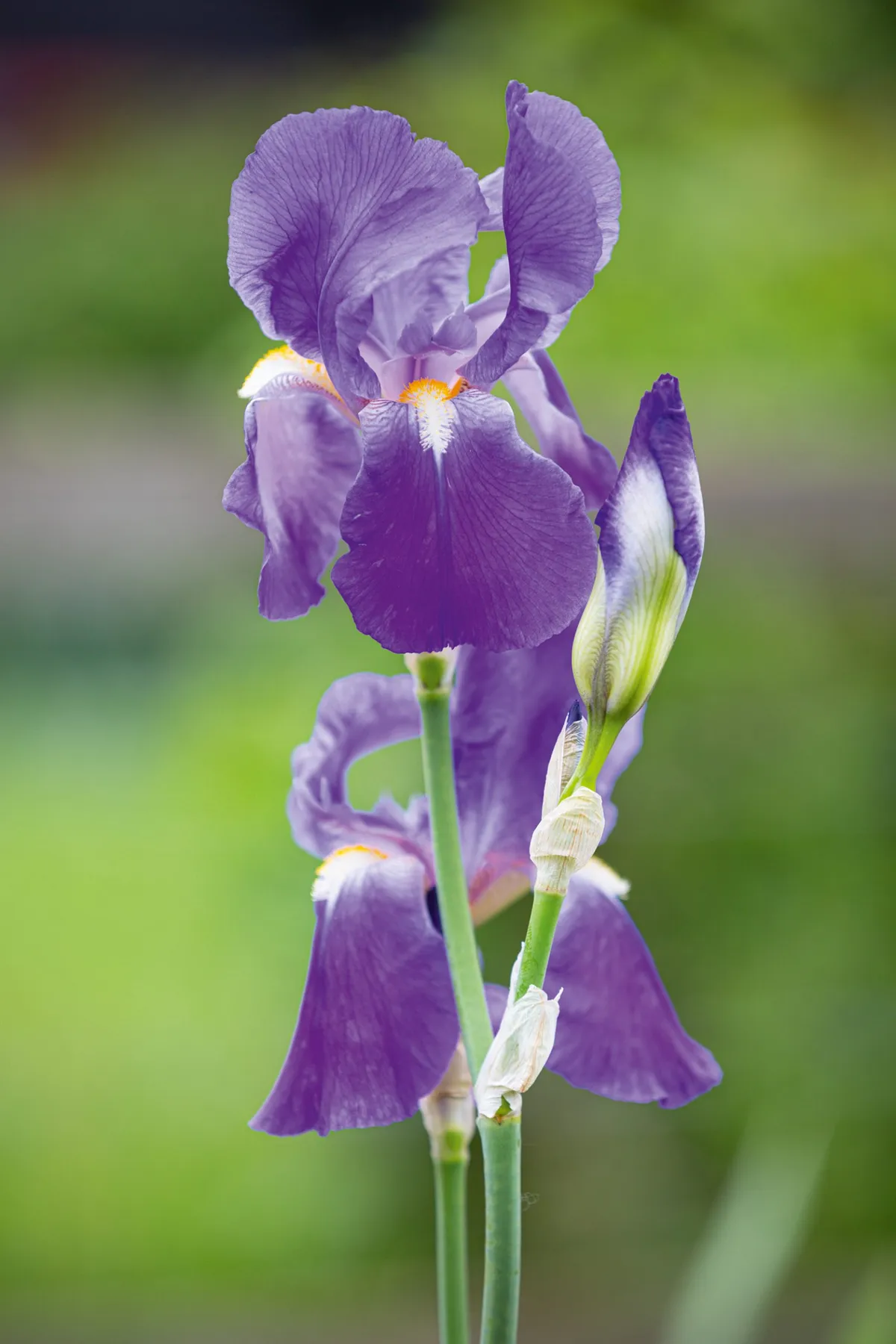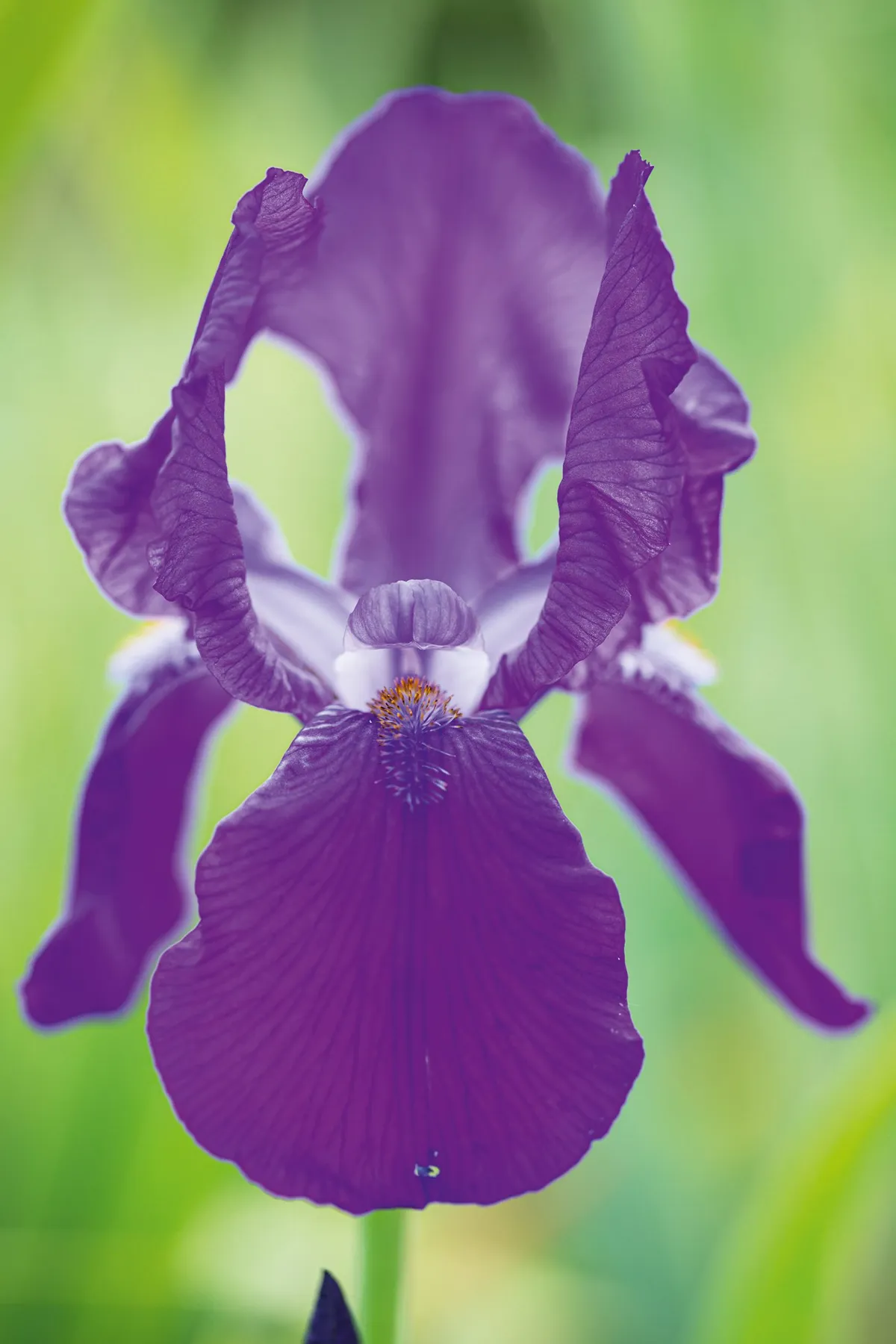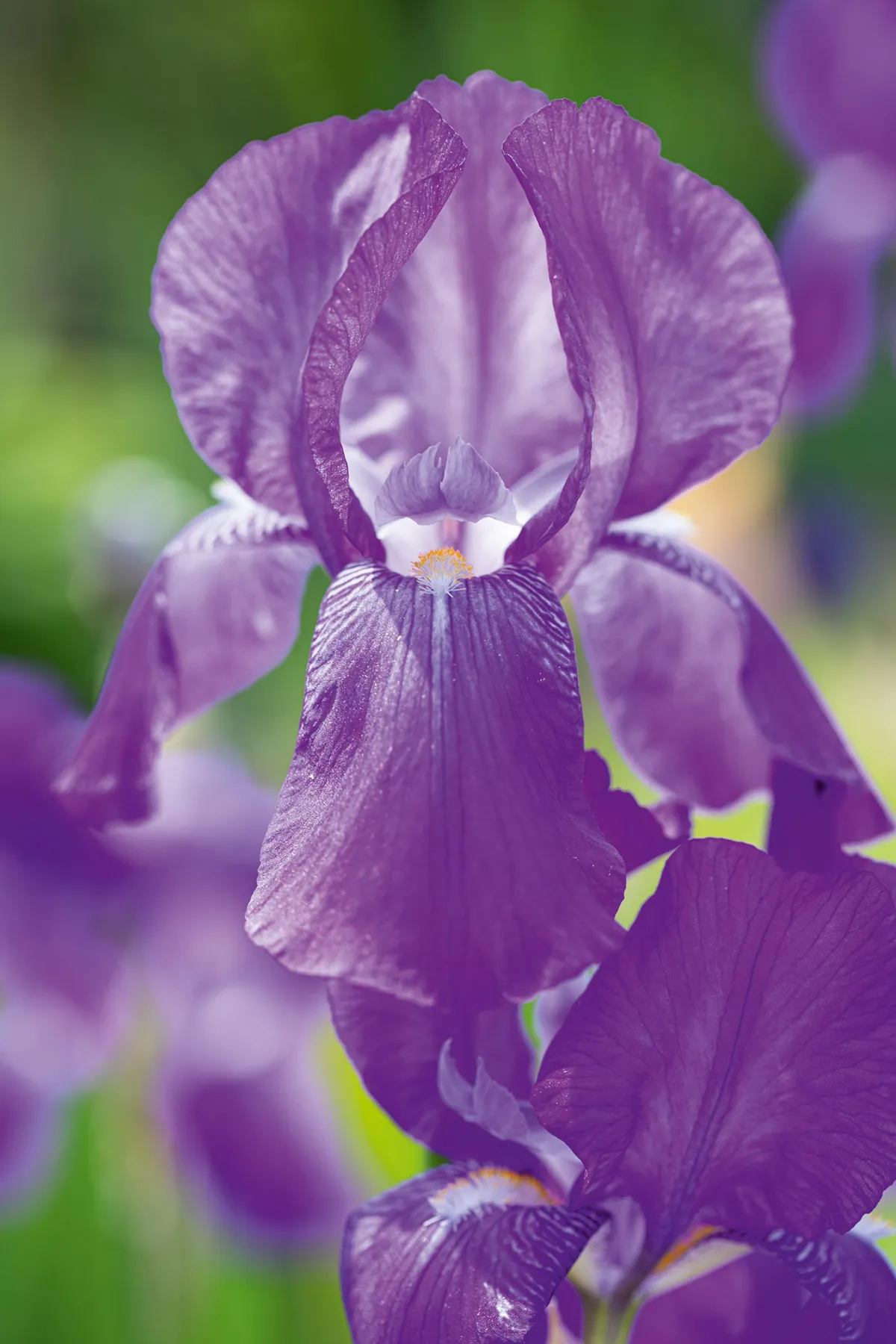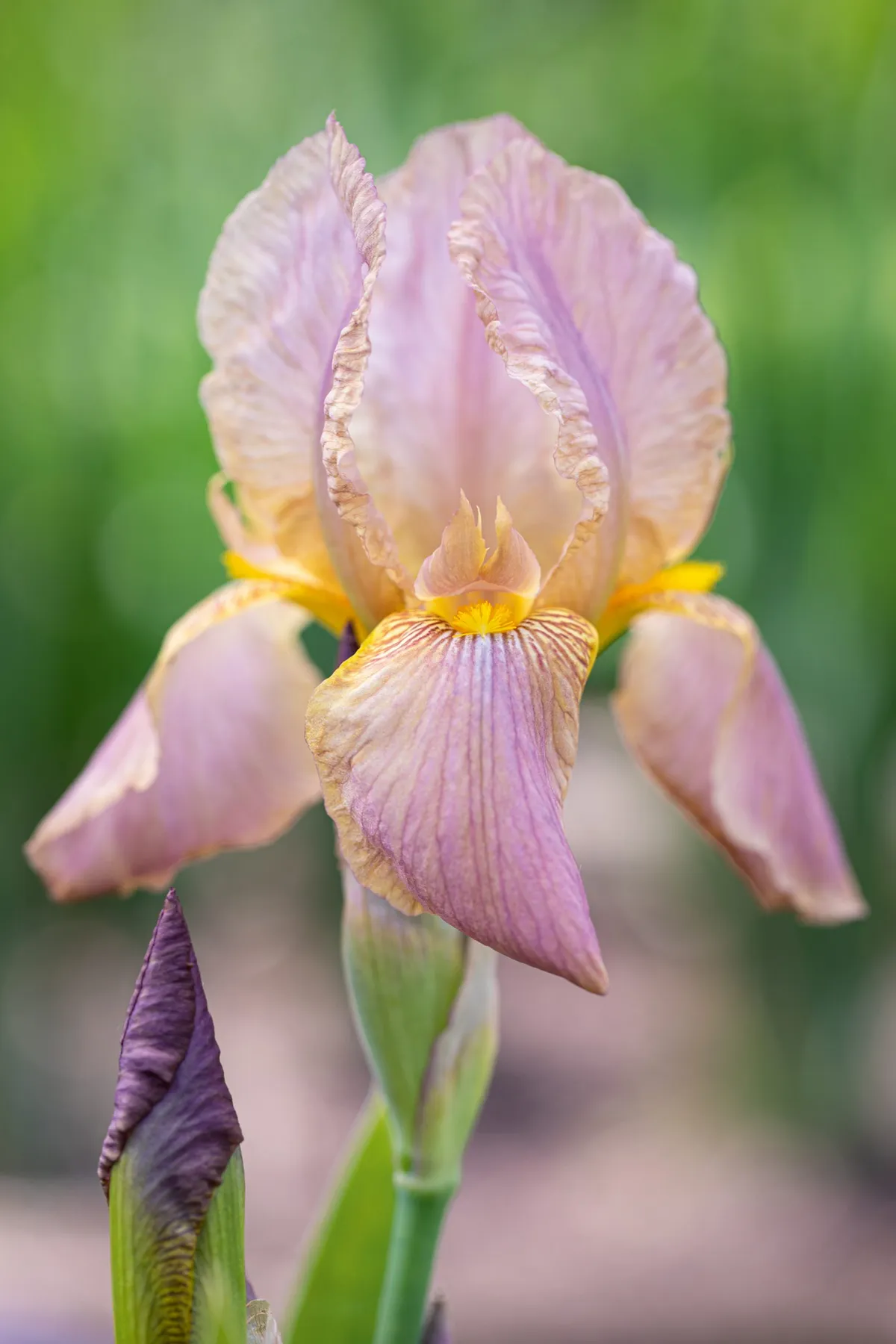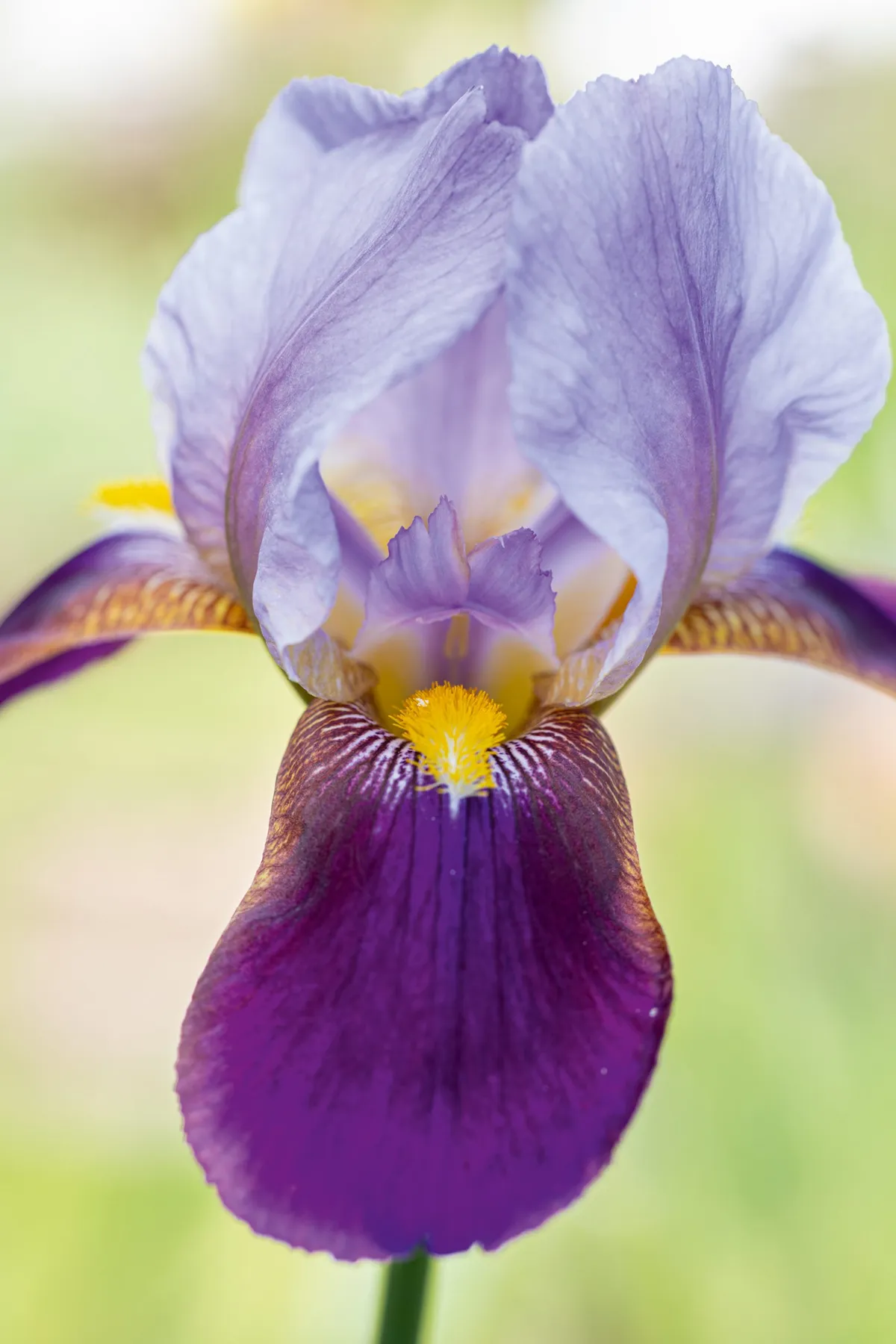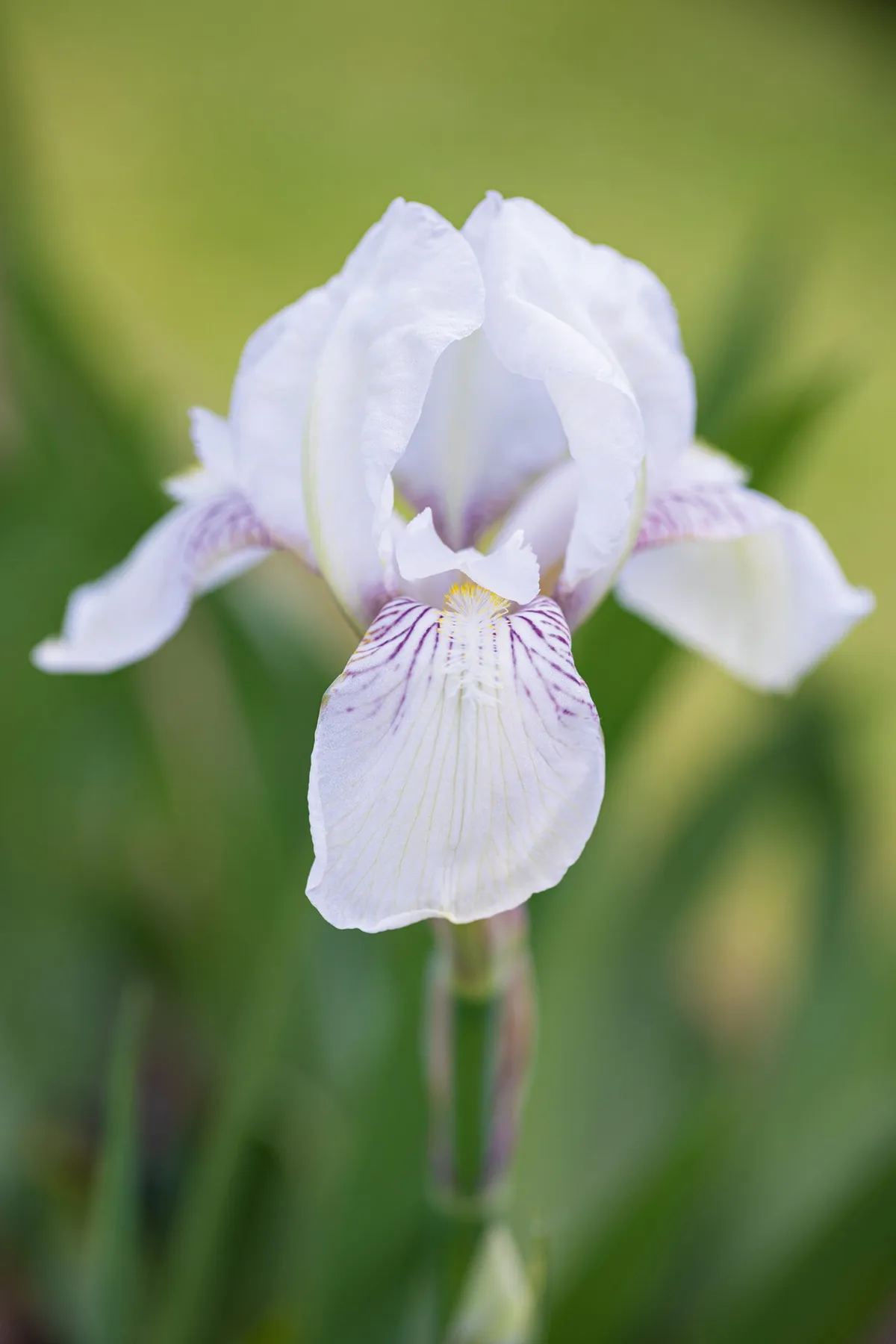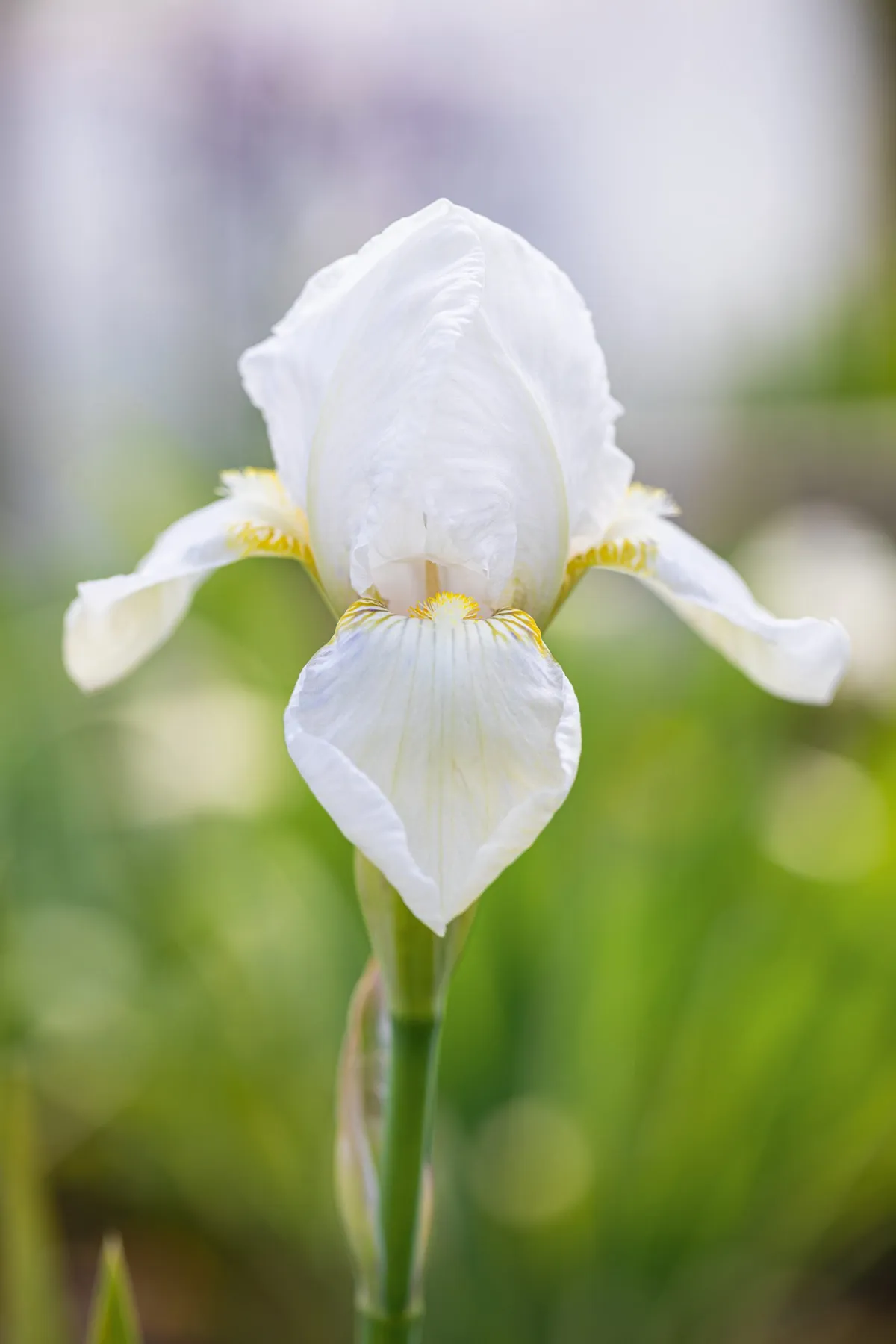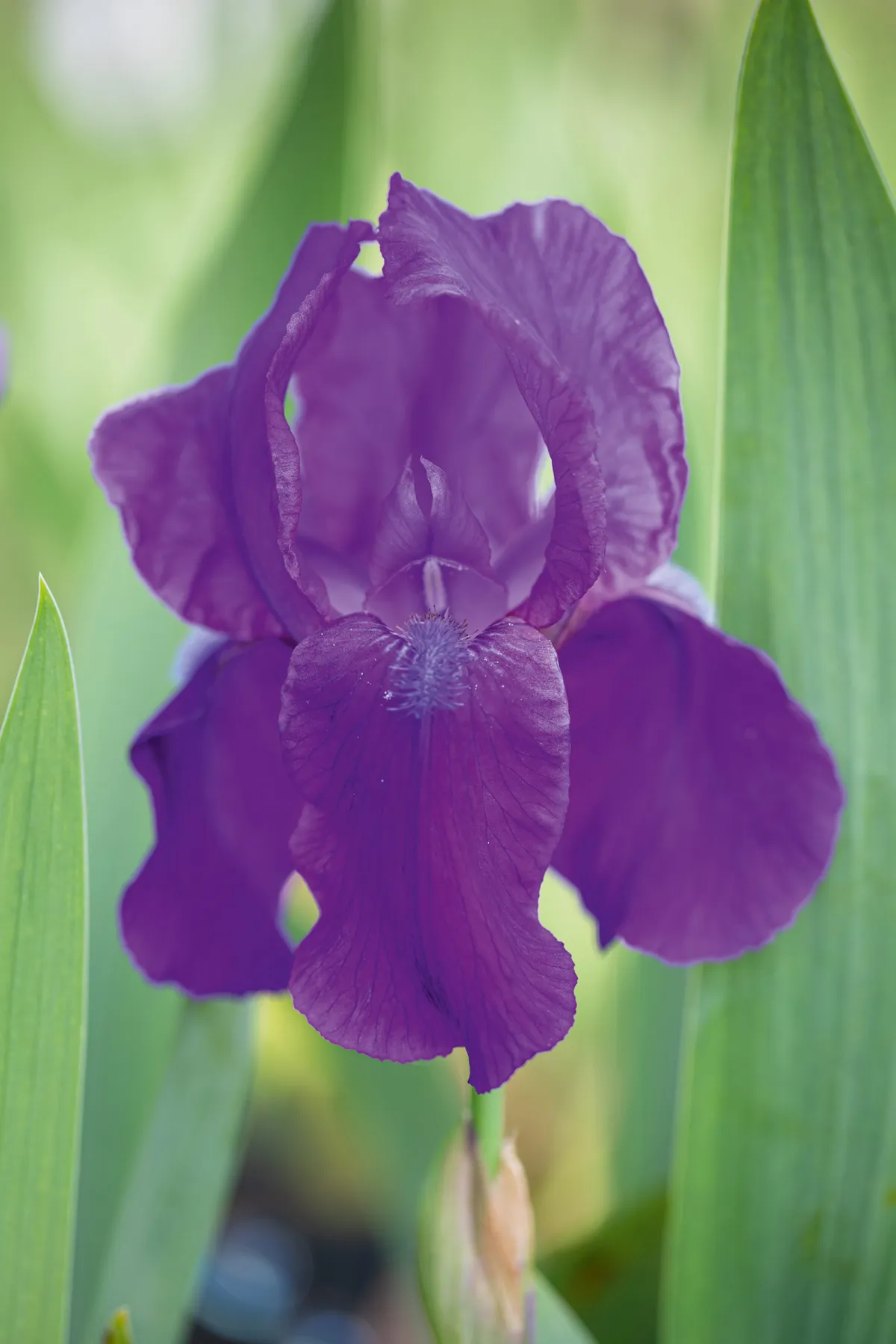Lucy Skellorn had always been vaguely aware that one of her ancestors was an important horticulturist but it was only when she started making her own garden that she began to discover the significance of the man and of his work. “You know how it is when you’re a child: I didn’t listen to my parents when they told us that the portrait hanging in the dining room was Michael Foster, an important scientist and politician who bred irises. We always used to call him ‘sausage fingers’ because the portrait was unfinished and his hands looked like a bunch of sausages.”
You may also like
A few years ago, while she was training as a gardener and becoming excited by plants, Lucy uncovered in her late mother’s papers correspondence between her mother and the Iris Preservation Society. Her mother had been trying to locate plants that had been bred by Michael Foster. Lucy’s interest was sparked. She began to look into the work of her great-great-grandfather and to search out his irises. The more she discovered, the more she became excited by the beautiful plants he had introduced.

Lucy was spurred on to dig further into Foster’s legacy after hearing a talk by former Sissinghurst head gardener Sarah Cook, who had unearthed many of the irises bred by the artist Cedric Morris. “I spoke to Sarah and explained I was trying to find some of the irises bred by my great-great-grandfather. When I mentioned his name, Sarah got so excited: ‘Michael Foster? But he is the father of iris breeding.’ I knew then that I had to find his plants and make them more widely available.”
Sir Michael Foster was born in Huntingdon in 1836 and eventually occupied the Chair of Physiology at Cambridge University. A scientist whose friends included Charles Darwin and Thomas Huxley, his leisure time was spent gardening. He started collecting species irises and, with the help of a network of plant collectors, he eventually acquired almost every species of iris then known. Foster began producing hybrids based on his observations of the qualities of his species plants. His collection acted as a library and he studied the possibilities offered by each species. One of Foster’s most important contributions to iris breeding was to introduce tetraploid plants into his programmes. Most plants have two sets of chromosomes, one from each parent, and are known as diploids. A few species contain four sets of chromosomes; these are known as tetraploids and the increased amount of genetic material means that more variety results when they are used in breeding. Tetraploid plants also tend to have larger flowers. The technology to identify chromosomes did not exist when Foster was working and his selections were based purely on observation and on record keeping.
With the hundreds of iris hybrids available to modern gardeners it is difficult to imagine the sensation Foster’s irises generated when they first appeared. Here were plants that had large, colourful flowers, that were robust and that were floriferous – all qualities that gardeners were looking for but had not previously been seen in irises. For Lucy, collecting and saving Foster’s plants is important not just because they are beautiful but also because these are the primary hybrids that were at the heart of iris breeding programmes that have continued into the present day.

“I think that irises are stunning plants,” says Lucy. “Relatively short lived, maybe, but what gorgeous flowers and never underestimate that foliage, those elegant sword leaves, they are such a great foil for other plants and can give a bit of structure in the winter.” Lucy’s love of Foster’s irises goes beyond the family connection. “These are some of the most beautiful irises. They are the original hybrids before they became overbred. The scent is incredible, much stronger than later hybrids.”
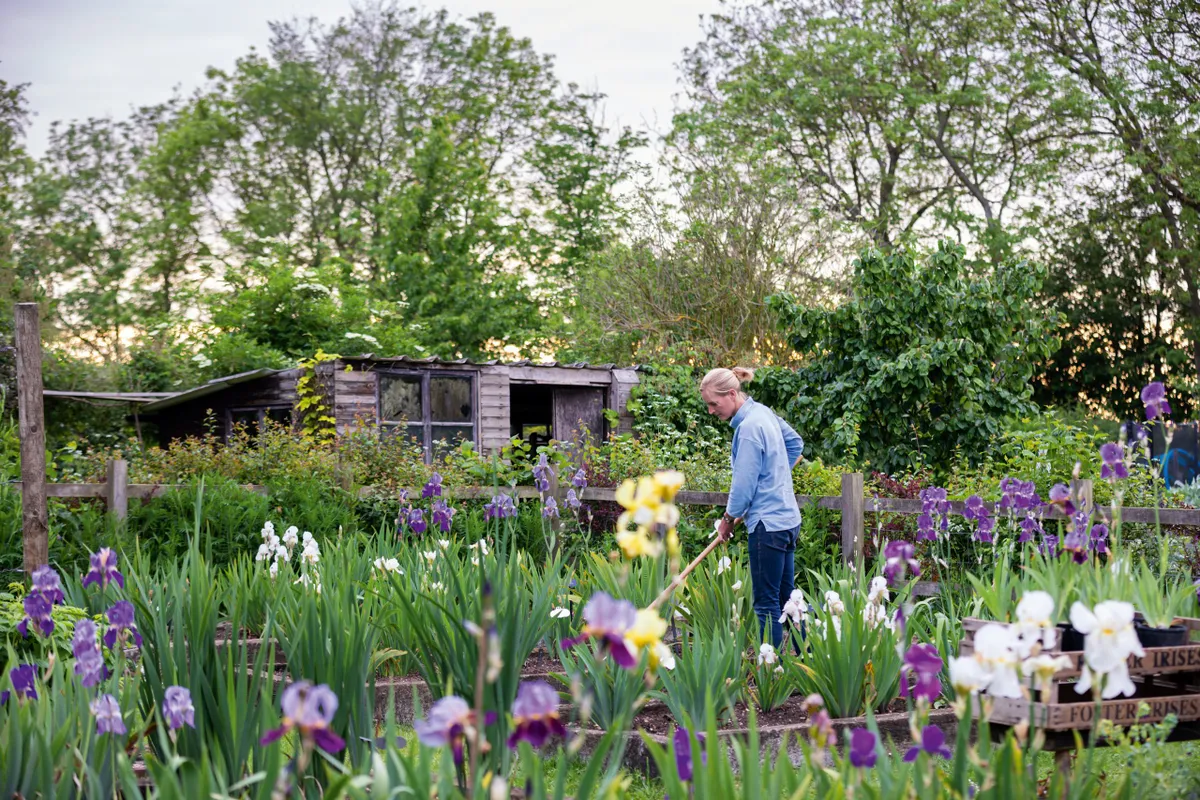
Discovering Foster’s hybrids has led Lucy to research other early iris breeders. Foster kept meticulous records of his work which were entrusted on his death in 1907 to his friend and executor the horticulturist Ellen Willmott who shared them with an amateur botanist, William Rickatson Dykes. While he was a student Dykes had met Foster and been inspired by him to study the genus. Dykes and his wife Katherine used Foster’s notes in their own breeding programme and so continued the work of their mentor. Lucy has now started collecting the plants introduced by the Dykes.
Foster identified 17 species and bred 68 iris hybrids, many of which were introduced posthumously. Lucy’s small collection contains mainly tall, bearded forms and is now recognised as a National Collection. Tracking down irises bred so long ago is hard work. “It is tough and I feel that I have got the obvious hybrids but there are many more, maybe lost forever, as well as species plants that he named,” says Lucy. “There is some academic work connected to keeping a National Collection but not scarily so and I have found the research really enjoyable.” Lucy continues to look for Foster’s irises and opens her National Collection to public by a appointment so that a wider audience can see, and smell, her ancestor’s beautiful creations.
USEFUL INFORMATION For details of how to visit Lucy Skellorn’s National Collection, email foster.irises@gmail.com Turn the page for more of Lucy’s iris collection
1
Iris ‘Amas’
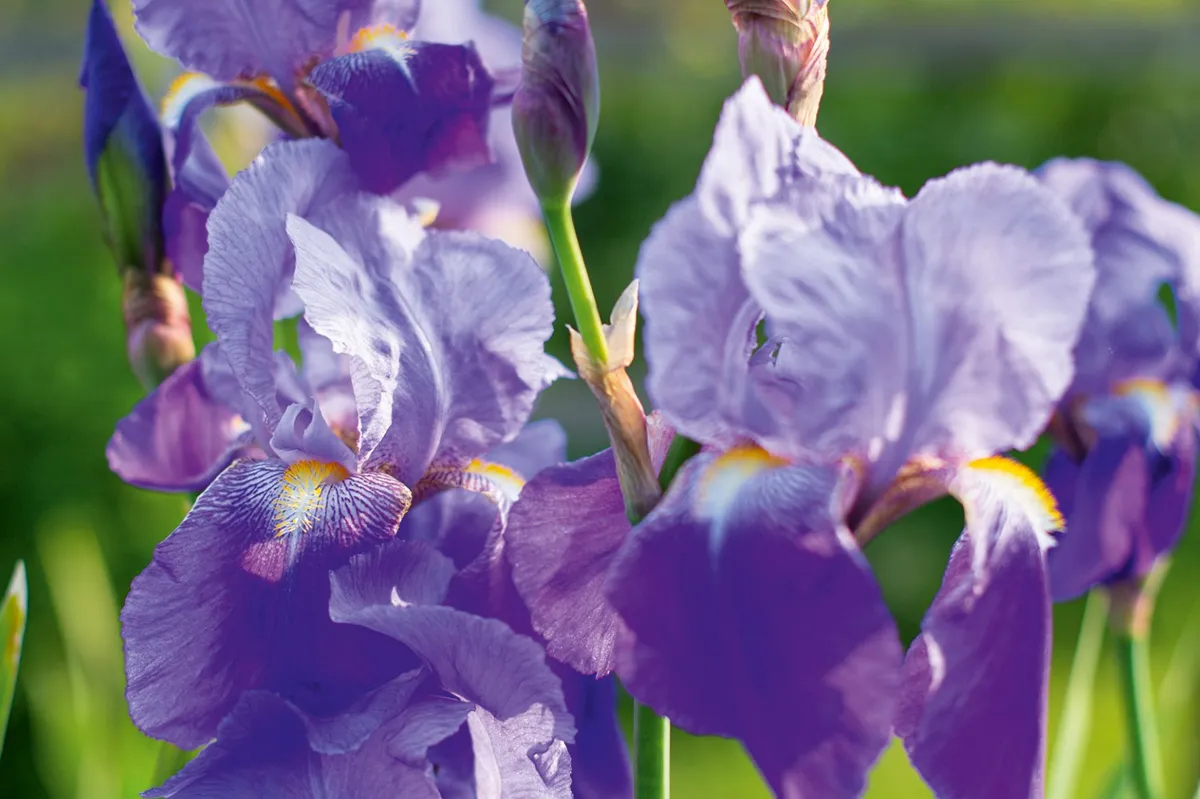
Collected by Foster from Turkey in 1885 this was one of the first tetraploid irises to be used in breeding programmes and is the source of many hybrids. The flowers are large and the plant prolific. 60cm.
2
Iris ‘Gudrun’
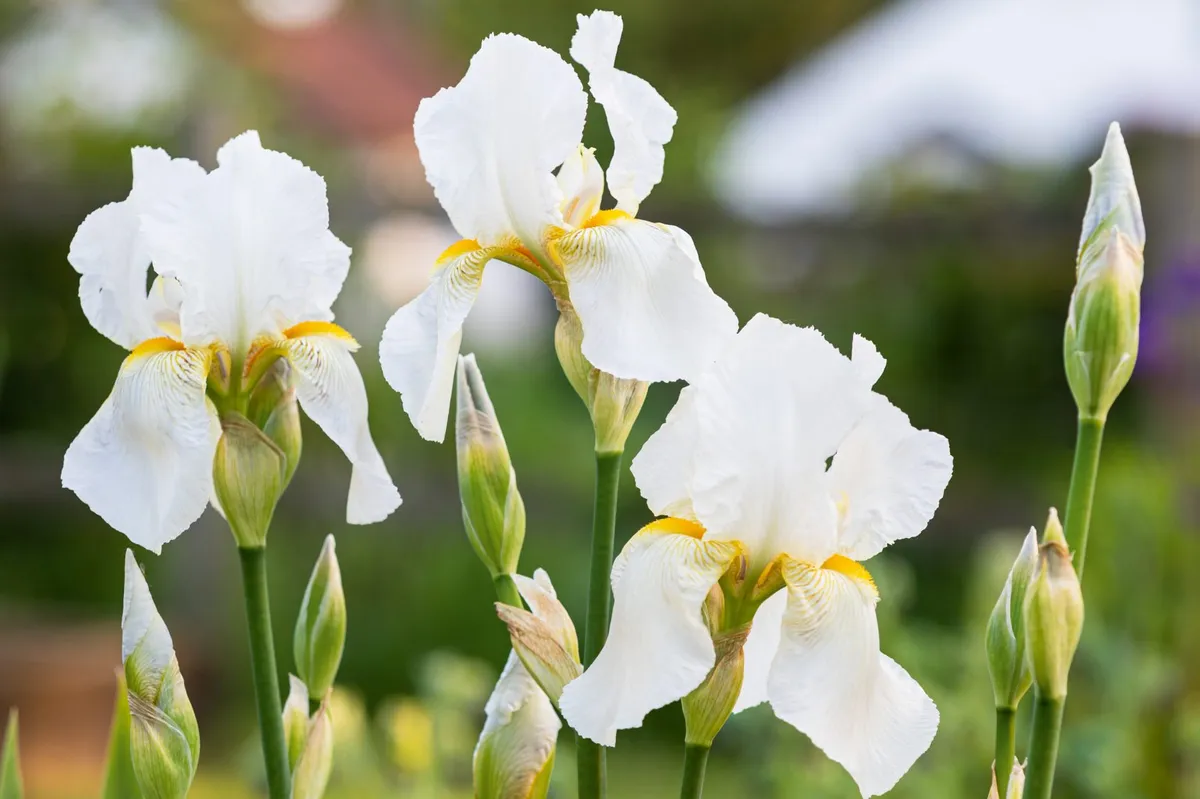
Bred by Katherine Dykes and introduced in 1930. A hybrid whose flowers cluster near the top of upright, stems. The warm white flowers are set off by a golden beard. In 1931 it won the British Dykes Medal. 90cm.
3
Iris ‘Blue Boy’
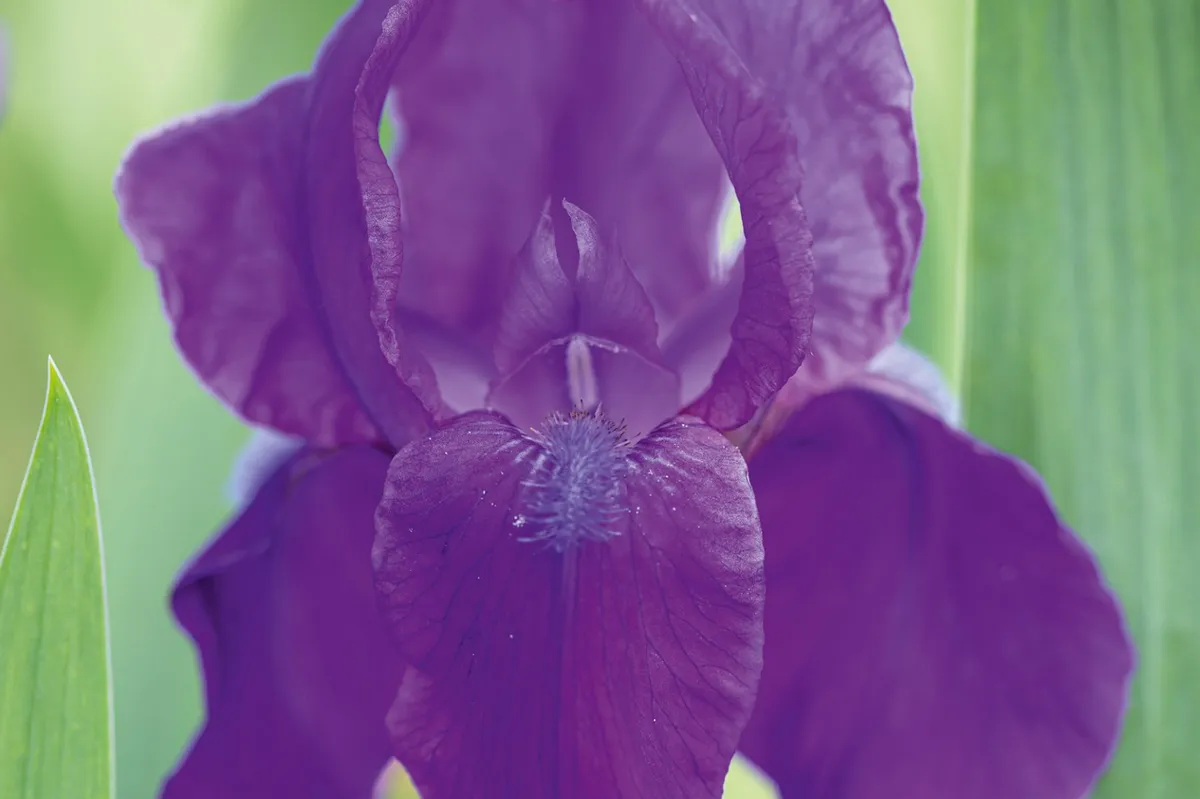
A vigorous and free-flowering hybrid that flowers early and the blooms have a spicy scent . Bred by Foster but not introduced until 1913. 90cm.
4
Iris ‘Kashmir White’
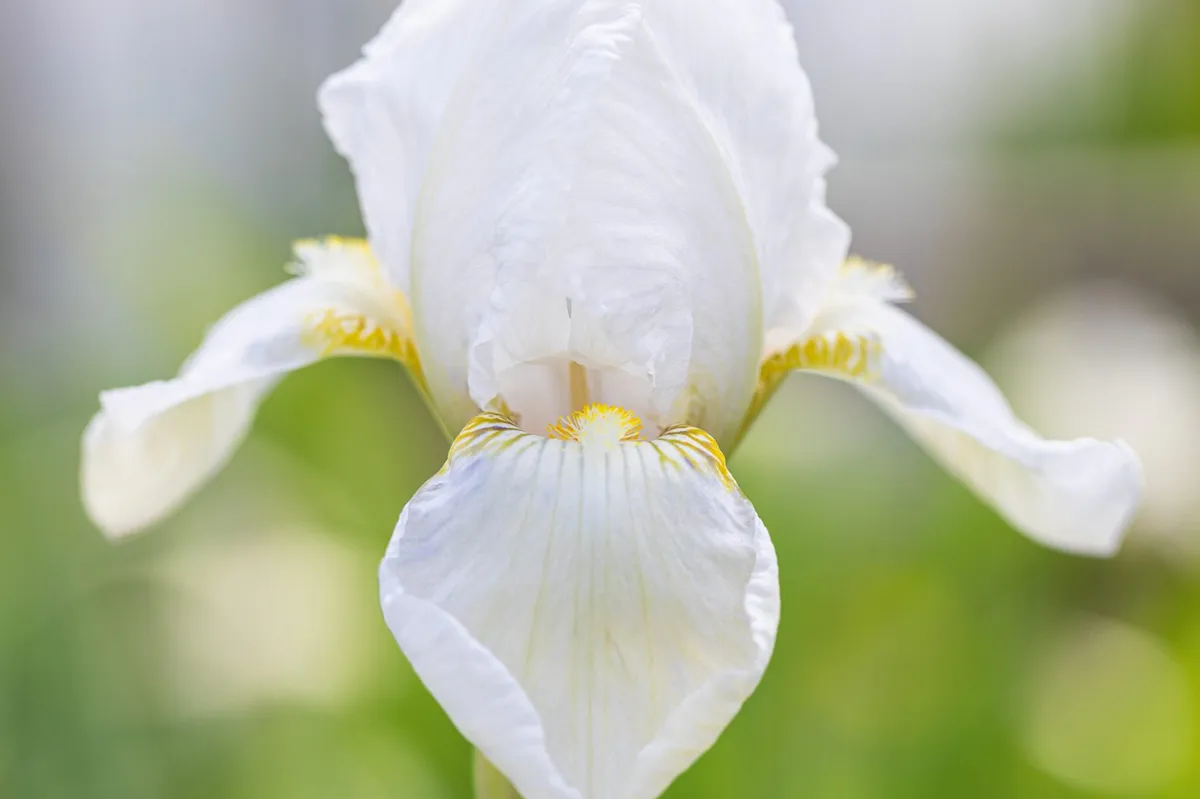
Another of Foster’s plants introduced by Robert Wallace. The white flowers are flushed with a blue-grey sheen. Highly scented. 1m
5
Iris ‘Mrs Horace Darwin’
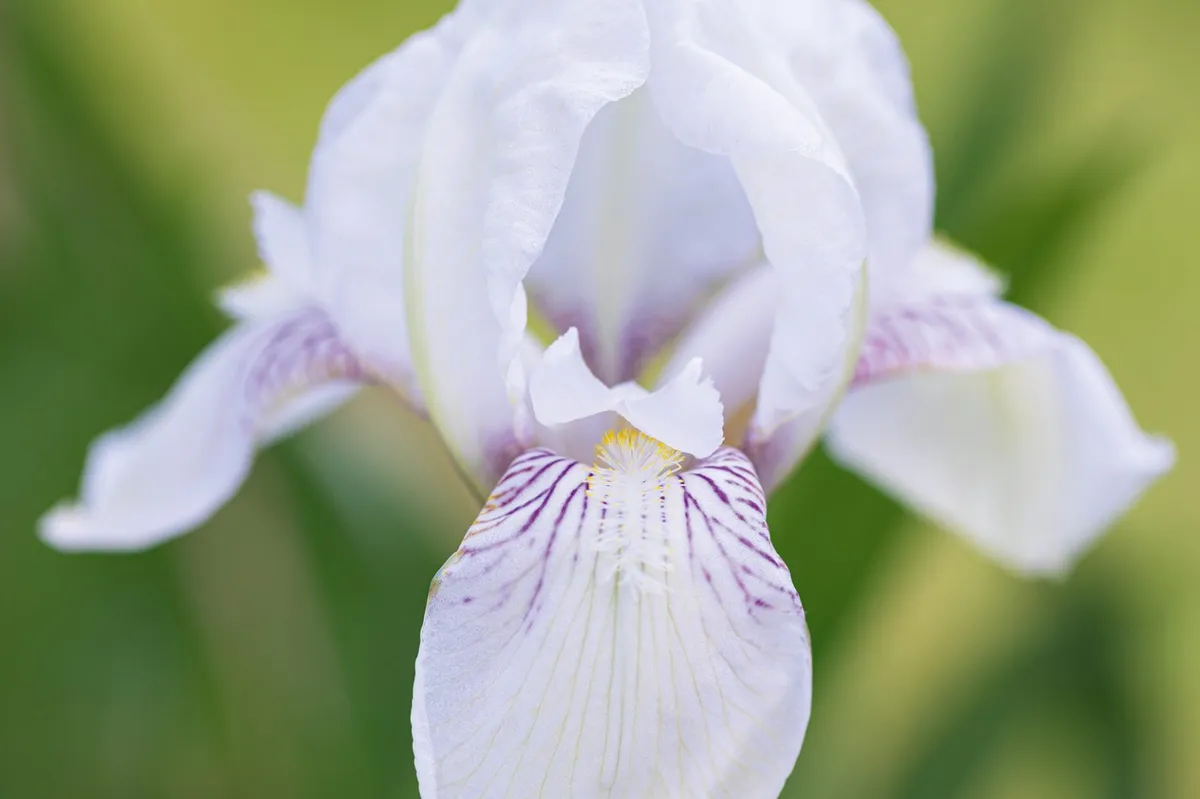
A floriferous hybrid with white fragrant flowers that have purple veining on the lower petals. Introduced by Foster in 1888 and named for a daughter-in-law of Charles Darwin. 90cm.
6
Iris ‘Sir Michael’
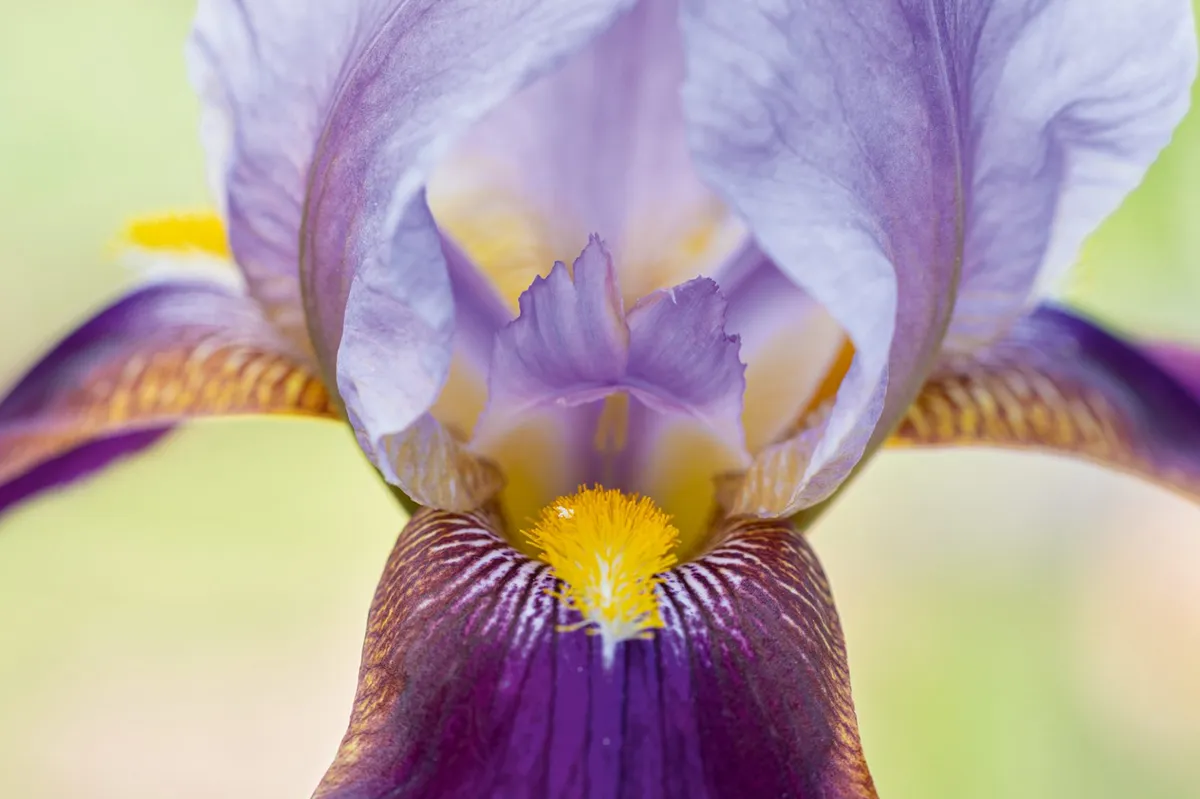
Bred by one of Foster’s horticultural friends, George Yeld, probably from plants acquired from Foster. A one-time popular irises. 90cm
7
Iris ‘Mrs Alan Gray Foster’

Pale lavender-pink flowers with a faint veining on the lower petals. The dainty flowers reliably repeat flower in late August. 90cm.
8
Iris ‘Zaharoon’

A tall plant with distinctive fawn-coloured flowers that have delicate pale violet veining on the lower petals and an amber throat. Bred by WR Dykes in 1927 it caused a sensation among iris growers. 90cm.
9
Iris ‘Lustre’

An early flowering hybrid with large perfumed flowers. The petals are a reddish-purple with a glossy sheen. Bred by WR Dykes and introduced commercially in 1925. 1m.
10
Iris ‘Harmony’
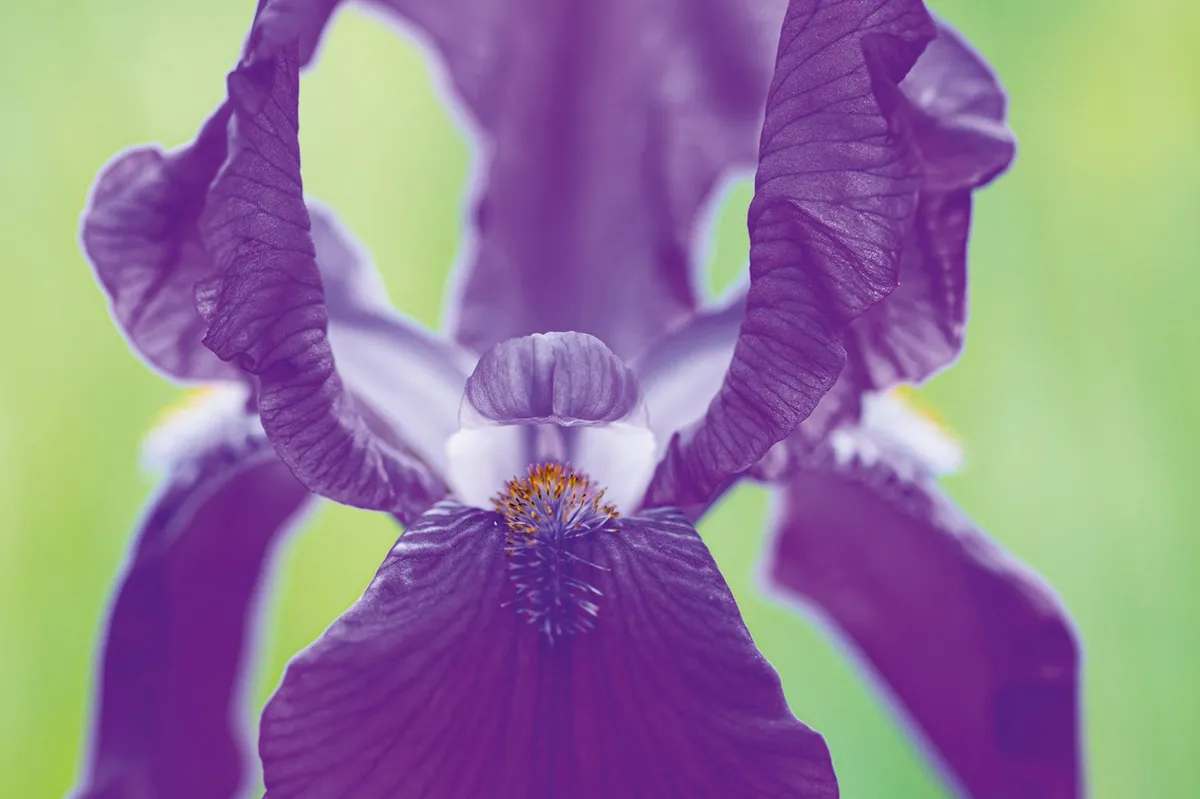
Bred by WR Dykes and given an Award of Merit by the RHS in 1921 it was one of the first irises to have distinctive blue beard
on its lower petals. A floriferous plant. 1m.
11
Iris ‘Crusader’
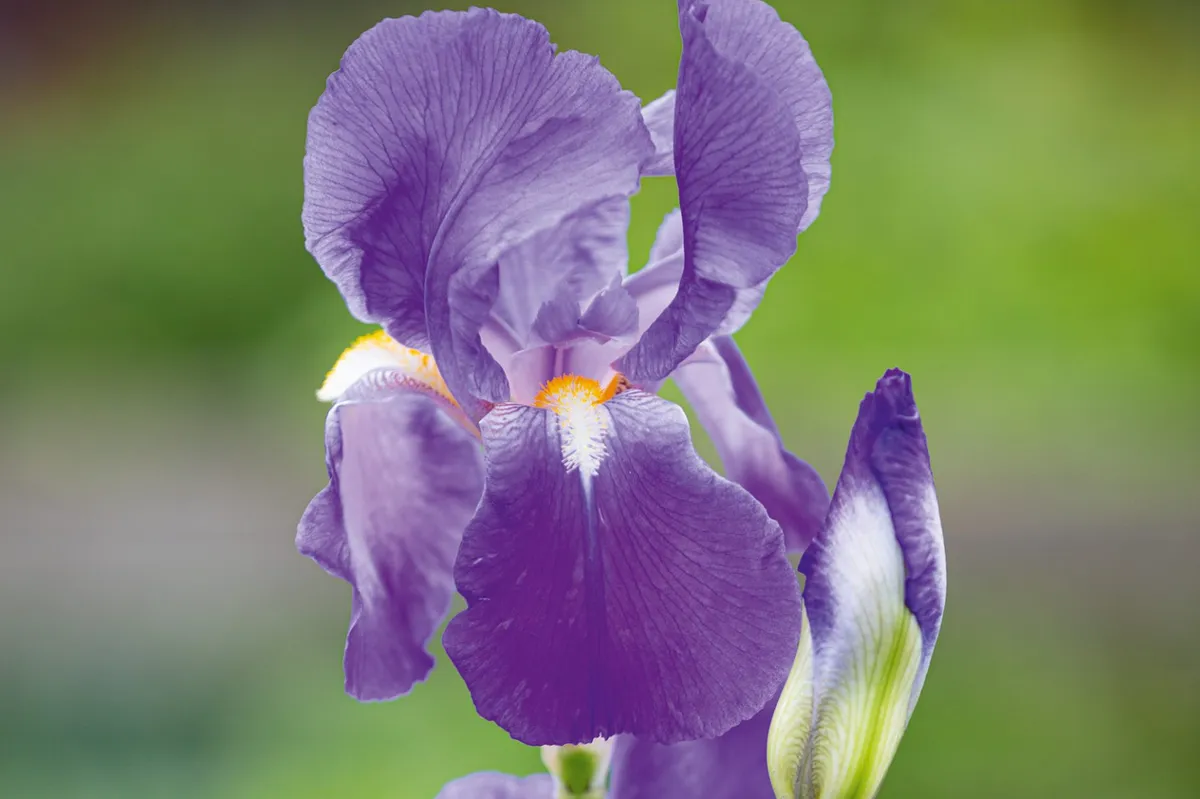
Introduced by Essex nurseryman Robert Wallace. The flowers are lavender blue with darker lower petals. 1m.
12
Iris ‘Mrs George Darwin’
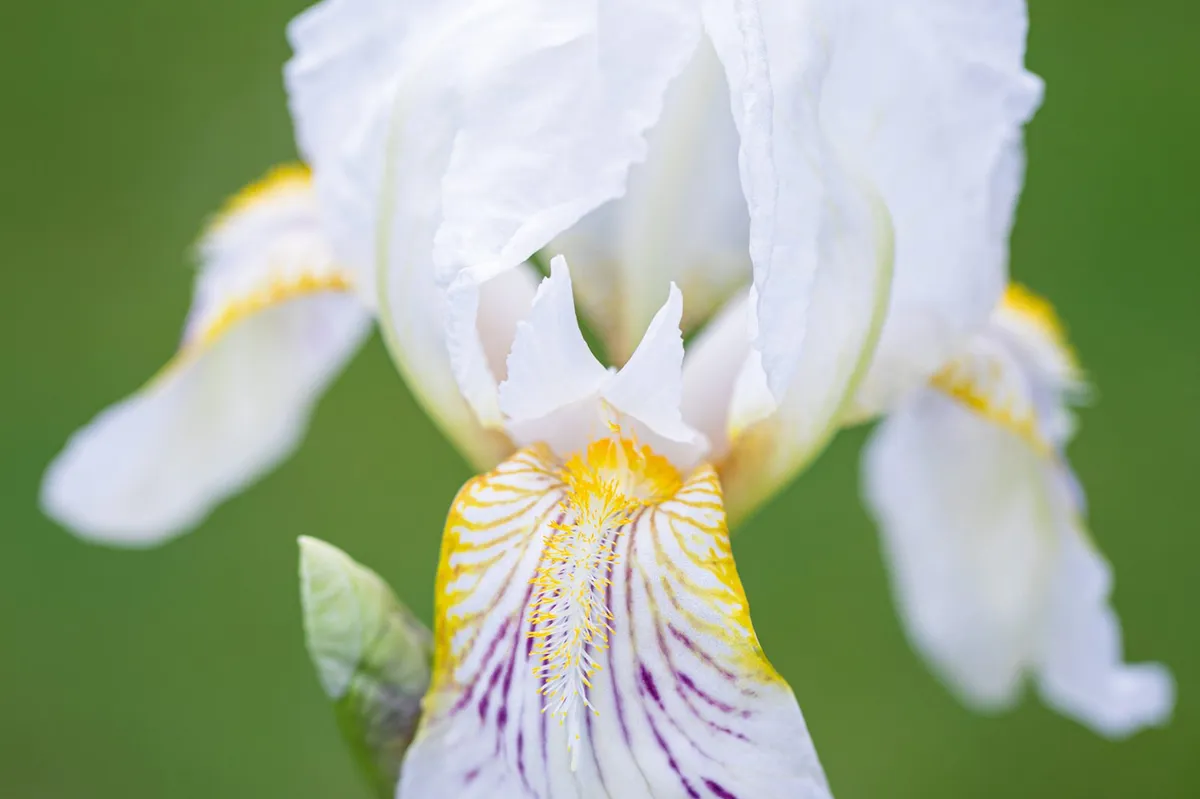
A highly scented, white-flowered iris that Foster named for another of his friend Darwin’s relatives. The lower petals have gold and purple veins and an amber beard at the base of the petal 60cm.
13
Iris ‘Caterina’
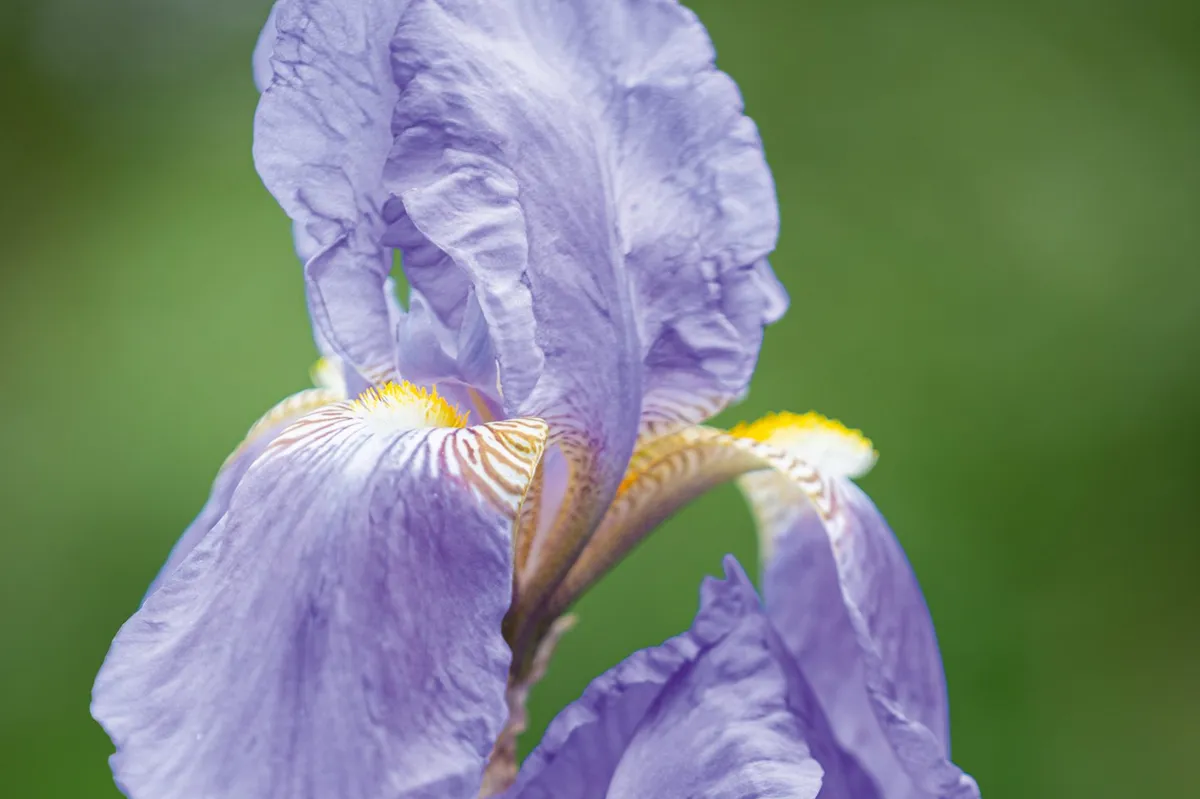
Crossing Iris pallida with a species collected in Cyprus produced an elegant, floriferous iris with large, scented flowers. It was extremely popular when introduced in 1909 and remains a worthy garden plant. 1.2m. AGM.
